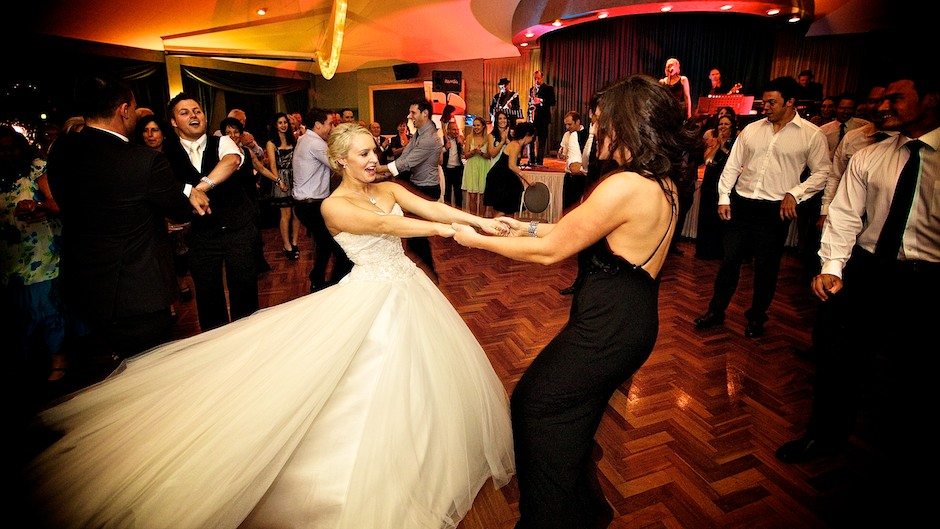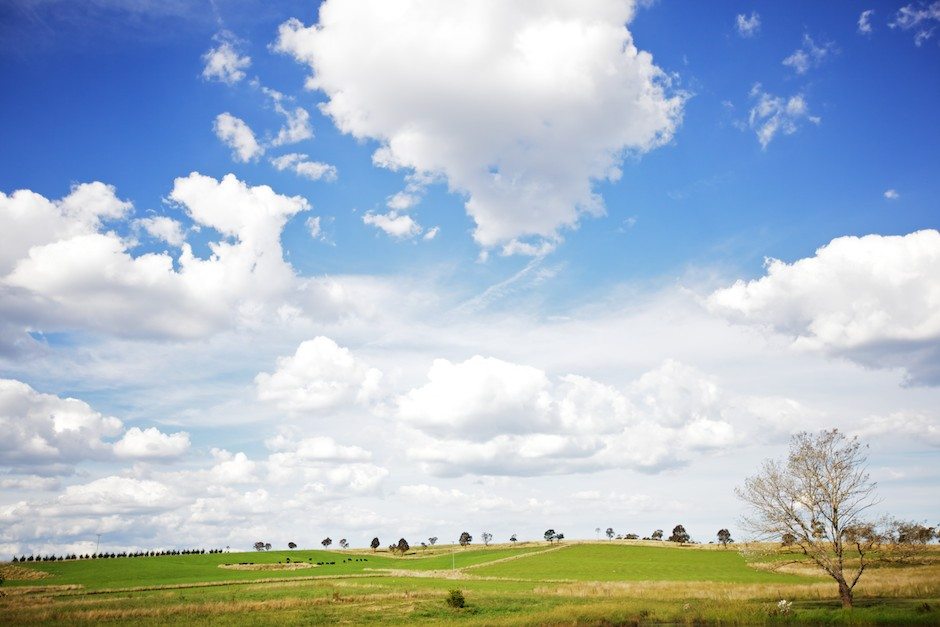If you want to shoot weddings the best way to start is to become a second shooter, right? But is that really all it takes? You bring your camera to a wedding, stay out of the way of the pro, take a few nice candid shots of the guests and voila, you’re a wedding photographer! Nah, that’s not the best way.
Ok, I’m not saying it can’t happen like that, but those few shots you take would have to be pretty special for someone to entrust you with their most special day and lots of their hard earned cash. Second shooting is definitely invaluable for building experience; all I’m saying is don’t rely solely on being a dictionary-definition second shooter. Instead you should first aim to be as good as the pro and then second shoot like a pro to make your images much more marketable. So how do you do this with no wedding experience?
Let’s travel back to 1984 and take a look at one of my favourite movies: The Karate Kid. Apart from having one of the best soundtracks of the 80s, it also teaches a simple but important lesson: hard work and preparation pays off.
When Daniel-san spends hour after hour, day after day waxing cars, painting fences and sanding floors he doesn’t see how it’s supposed to prepare him for the impending All Valley Karate Championship. Instead he wants to learn the glamorous rapid punches and spin kicks he sees in the dojo and thinks that copying the routines in his karate text books will turn him into a black belt.
We know, of course, that all those seemingly unrelated tasks actually disciplined Daniel-san in exactly the skills he needed; he just didn’t realise it at the time.
Likewise, becoming a wedding photographer doesn’t involve hanging around churches and receptions and hoping you can become good by emulating the pros. Break it down and you’ll realise that wedding photography is the application of a number of photographic genres, all wrapped together in a beautiful pink ribbon!
So let’s take a look at my theory in more detail with the help of Mr Miyagi’s special training techniques!
Wax On, Wax Off: a wedding is an event, albeit a pretty special one! But nevertheless it consists of people coming together at a venue for a reason, just like a conference, a concert or a party. So there, on a plate, are plenty of free opportunities to practice. Learn to shoot wide and capture the room and the crowd. Learn to stand in the shadows and zoom in for candids. Learn how to quickly control shutter speed, high ISOs, ambient light and flash when shooting indoors.
Sand The Floor: modern weddings are all about the detail, and some of those details are tiny! So it’s time to become fluent in macro. Learn to get REALLY up close and personal with rings, shoes and flowers – items which are around you all the time!
Paint The Fence: weddings often take place in spectacular settings, particularly outdoor ceremonies which could be in parks or on beaches. Here comes your landscape badge! Shoot wide and learn how to capture dramatic skies and glowing sunsets for amazing cocktail hour and reception images. And if you want to go for the black belt, maybe master the art of tilt-shift for correcting converging verticals or miniaturising the scene!
Side To Side: portrait photography is a no brainer but it can also be the most daunting genre as it involves, wait for it, interaction with people! The cocktail hour can seem more like a week if you’re nervous about taking charge, and summoning, positioning and posing the guests. So practice with friends. They probably won’t take it seriously but that’s ok because they’re just self-conscious and can’t see the end goal like you can. And don’t worry about the photos being perfect; that’s not the point, it’s about learning. Learning about light, about interaction, about people.
Put this all together and you’ll have a kick-ass Crane technique second shooter combo!
When I first started getting serious with photography I knew that one day I would love to shoot weddings. But I also knew that I wouldn’t even try to shoot one until I was properly prepared. So I spent two years learning and shooting the genres mentioned above, in the knowledge that at some point in the future they would be invaluable. And after shooting weddings solo for just six months, it’s reassuring to know that my most popular photos are derived from the long hours of waxing on and waxing off that others may assume came from a wedding photography text book.
If you have any special techniques that have proved useful when second shooting, please do share them!
*The Current Photographer website contains links to our affiliate partners. Purchasing products and services through these links helps support our efforts to bring you the quality information you love and there’s no additional cost to you.
I’m a born and bred Londoner who decided to give up the rat race, move halfway round the world to Australia and live by beautiful Bondi Beach.
But that’s not all. I also bought loads of cool camera gear to play with then realised I could use it to make a living, and now I run a successful wedding and baby photography business.
My background in media and marketing has been invaluable in quickly establishing myself, particularly through social networking, and I’m keen to help others do the same. I also strongly believe in giving back to the community, so look out for my blog posts where I’ll be sharing thoughts, insights, and tips about life as an emerging wedding photographer.




This is some great advice for becoming a wedding photographer. Wedding photography involves so many individual aspects of photography and each has to be mastered before you even think about taking on a wedding solo.
Thanks Andy, glad you agree! And besides the various genres of photography to master there are also other hats to wear e.g. stylist, planner, confidant, but that’s for another post!
Guys weddings are now a loss leader forget about them, move on.
The amount of time they consume on the day before the day and post is unbelievable.
You aren’t going to retire early by becoming a wedding photographer now. You should of done it in the 80s and 90s
All good except that you haven’t touched on how you got to photograph weddings in the first place, since I guess at first you didn’t have any experince? How do you even begin?
Hey Mr Big, good question! I’ll be covering my start in weddings in a future post but basically I did start off as a second shooter at a friend’s wedding, and as I had experience from these other areas I was able to dive straight in with confidence and get great results which the couple loved. Stay tuned for more!